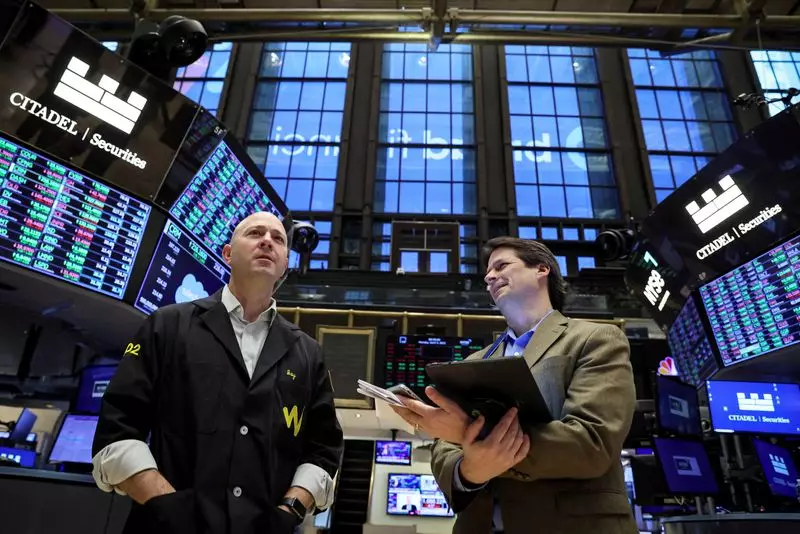On Friday, the Dow Jones Industrial Average managed to secure a historic closing high, even in light of mixed signals from technology stocks and an overall cautious economic landscape. Closing at 42,313.00, the 30-stock index rose by 137 points or 0.3%, reflecting a robust investor sentiment that has been primarily driven by the recent surge in energy stocks. The juxtaposition of this record achievement with a marginal decline in the benchmark S&P 500 and a more pronounced slide in the tech-laden Nasdaq Composite highlights the complexity of current market dynamics.
Recent data from the Commerce Department showed that consumer spending, which constitutes more than two-thirds of the U.S. economy, grew at a slower rate than previously expected, rising only 0.2% in August compared to the unrevised 0.5% increase from July. This slowdown surprised economists, who had predicted a healthier uptick of 0.3%. Even more concerning was the unexpected dip in household income growth, dropping to 0.2% from 0.3% the month prior, when an increase was anticipated. Kathy Jones, Chief Fixed Income Strategist at Charles Schwab, provided some perspective on these shifts by indicating that while the data may reflect a slowdown, they are not indicative of an impending economic disaster.
Inflation metrics also revealed a cooling trend. The Personal Consumption Expenditures (PCE) price index, a key indicator closely watched by Federal Reserve officials, increased by just 0.1% on a monthly basis, a reduction from July’s pace of 0.2%. On a year-over-year basis, inflation indicators moderated to 2.2%, which was lower than the previously projected figures. These developments suggest that inflationary pressures may be easing more rapidly than anticipated, providing potential space for further Federal Reserve intervention. The core PCE price index, which excludes volatile food and energy prices, experienced a slight rise to 2.7% on an annualized basis, but showed minimal monthly movement.
The stock market’s fluctuations on Friday were also significantly influenced by sector performance, particularly in energy stocks, which rose by over 2%. This increase was spurred by a climb in oil prices amid escalating geopolitical tensions in the Middle East. Notably, Israel’s intensified military actions in Beirut have exacerbated fears regarding instability, further elevating energy prices. Meanwhile, individual stocks like Costco Wholesale Corporation encountered challenges despite reporting quarterly results that exceeded expectations, highlighting a potential disconnect between broader economic indicators and specific company performance.
As investors navigate these complex signals, the mixed economic data presents a challenging landscape. The record close of the Dow suggests resilience and optimism in some sectors, yet the overall subtle slowdown in consumer spending and income growth signals potential vulnerabilities. Looking ahead, market participants will need to stay alert to future economic indicators and the Federal Reserve’s strategies, particularly as it continues to adjust borrowing costs in response to the evolving inflation landscape. The interplay between geopolitical events and domestic economic health will remain crucial in shaping market trajectories in the weeks to come.

